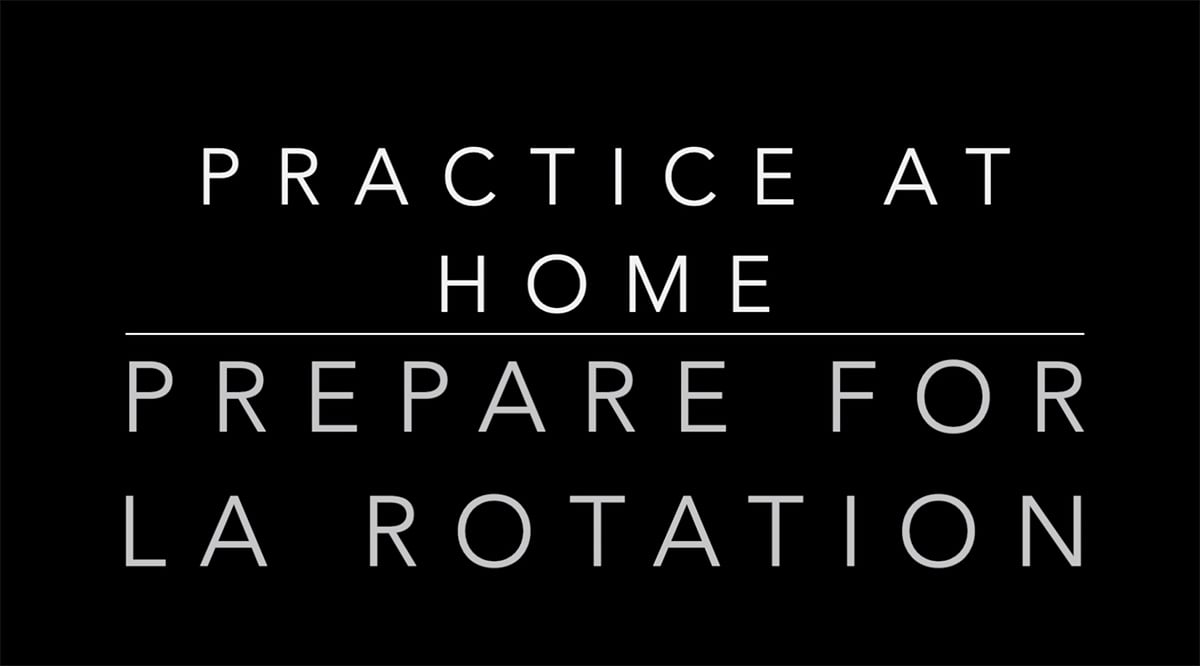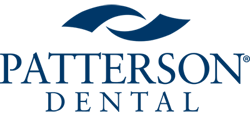Purpose
Typically, students have faculty and supplies at their fingertips to learn how to properly manage local anesthesia armamentarium. Like many institutions during the pandemic, changes to traditional pedagogy were developed. Our community needed to be more innovative to ensure concepts were disseminated accordingly. A video emphasizing safe one-handed uncapping technique was created to allow students a chance to practice safely at home using a simple tool; a Sharpie® marker.
Methods
The preclinical anesthesia course was administered in late spring to first year dental (142) and hygiene (20) students. A mixed media video exhibiting text instruction, audio, and live capture demonstrated one-handed technique utilizing a Sharpie® cap. Additional footage further instructs clinical application for uncapping and recapping an anesthetic syringe needle. The video ends with a reminder that two-handed uncapping/recapping technique is inappropriate.
Videos were uploaded onto a Canvas site, the institution’s intranet program for curriculum courses. Students viewed videos within two to three weeks of publishing onto Canvas® to help and prepare for hands-on session.
Upon returning to hands-on learning, students were assessed by faculty on local anesthesia armamentarium; safety techniques of capping, assembly, disassembly, and handling armamentarium. A rubric was used with criteria established as excellent (no error), clinically acceptable (error), or clinically unacceptable (critical error). The study focused on safe capping technique measures.
Results
Canvas reported 100% student participation of viewing the published video.
Students were evaluated for no errors, error, or critical errors. Of the 142 dental students, 135 (95%) had no error, three (2%) had error, and four (3%) had critical error. Of the 20 dental hygiene students, nineteen (95%) had no error, one (5%) had error, and zero (0%) had critical error.
Conclusion
Providing a mixed media video and utilizing a convenient tool may guide students towards safer practice and clinical protocols.
__________
Bios:
Bernadette Alvear Fa, DDS - Associate Professor with the Dept of Preventive and Restorative Dentistry, Director of Local Anesthesia Curriculum, University of the Pacific, Arthur A. Dugoni School of Dentistry
Mustafa Radif, Assistant Professor, Dept of Periodontics, University of the Pacific, Arthur A. Dugoni School of Dentistry
Bina Surti, Associate Professor with the Dept of Preventive and Restorative Dentistry, University of the Pacific, Arthur A. Dugoni School of Dentistry
Homayon Asadi, Chair - Dept of Preventive and Restorative Dentistry, Associate Professor - Dept of Biomedical Sciences, University of the Pacific, Arthur A. Dugoni School of Dentistry



